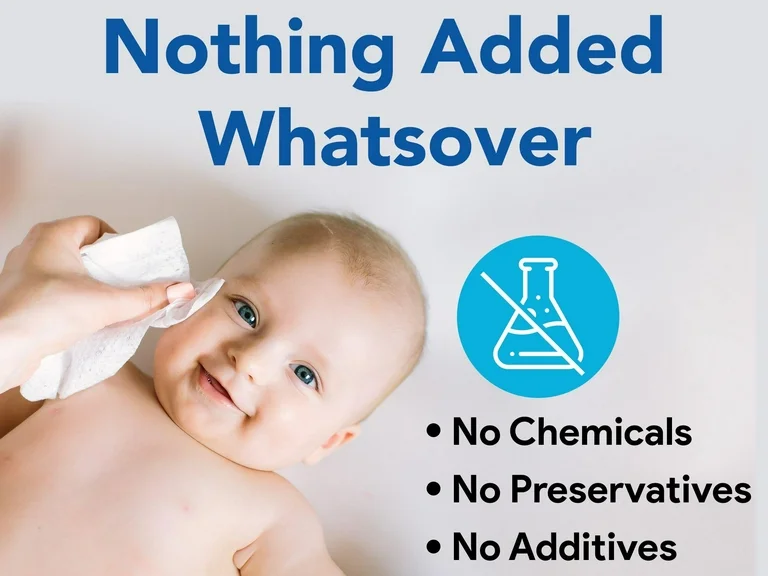
Preservatives in tisu basah have always been a point of controversy. As consumer awareness grows, manufacturers are under increasing pressure to use gentler, safer, and more effective sistem pengawet. Technological advancements have indeed introduced new raw materials with preservative-like effects, offering an alternative to traditional preservatives. However, some brands take advantage of this progress by labeling their products as having “tidak ditambahkan pengawet” to attract health-conscious consumers.
In reality, there is tidak ada standar global yang bersatu—either industry-wide or regulatory—to clearly define or measure the term "no added preservatives" in products like mengesap cairan. The phrase is largely a alat pemasaran, rather than a scientifically enforceable claim.
Apa arti dari “No Preservatives”?
According to EU guidelines and the EU Cosmetics Directive 76/768, a more accurate interpretation of "no added preservatives" should be: the product does tidak termasuk bahan baku ditambahkan hanya untuk fungsi pengawet mereka during production and sales. This includes not only substances officially listed as preservatives, but also ingredients added for other purposes (e.g., as solvents, humectants, or emollients) that happen to pameran aktivitas pengawet.
Bahan Baku Umum Dengan Efek Antiseptik (Digunakan dalam Wipes Cairan)
Many of these multi-functional ingredients are used in mengesap cairan formulas, and while not labeled as preservatives, they serve a similar purpose. Here are some examples:
01. Poliol
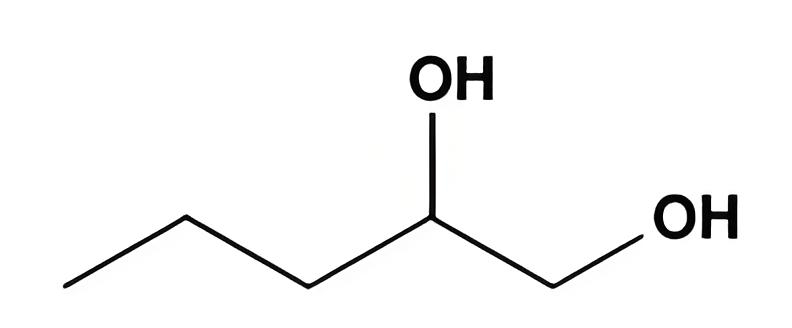
Ini adalah agen multifungsi umum yang menawarkan kelembaban dan manfaat antibakteri:
·
1,2-Pentanediol (INCI: Pentylene Glycol)
·
1,2-Hexanediol (INCI: 1,2-Hexanediol)
·
Caprylyl glikol (INCI: Caprylyl Glycol)
·
Dekanediol (INCI: Decylene Glycol)
·
Etilheksilgliserin (INCI: Ethylhexylglycerin)
·
Poliol mengganggu membran sel mikroba, mengganggu kemampuan mereka untuk bereproduksi. Namun, efektivitas dan efek samping mereka bervariasi:
·
1,2-Pentanediol and 1,2-Hexanediol may cause stickiness at high concentrations.
·
Caprylyl glikol may cause tingling sensations, especially in sensitive skin, unless balanced by other agents.
·
Dekanediol has weak antibacterial properties but is synergistic with traditional preservatives.
·
Etilheksilgliserin affects bacteria by lowering the surface tension of microbial membranes and often works alongside other preservatives.
·
These are frequently present in mengesap cairan, helping to extend shelf life while not being officially categorized as preservatives.
02. Parahidroksiasetofenon
· 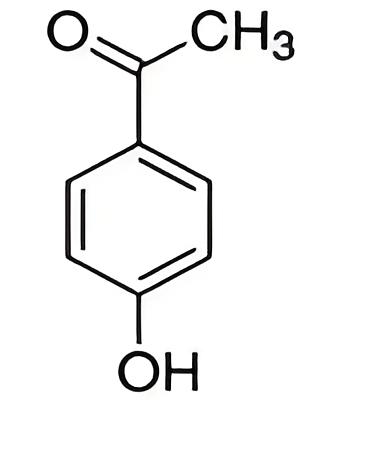
INCI: Hidroksiasetofenon
·
A multifunctional agent with antioksidan, anti-iritasi, and antiseptik properties.
·
Sering digunakan dalam formulasi cair untuk meningkatkan efektivitas pengawet lainnya.
·
Perhatian: Potensi ketidakkompatibilitas dengan protein dapat menyebabkan perubahan warna.
·
03. Asam Caprylhydroxamic

INCI: Asam Caprylhydroxamic
·
Bekerja dengan membatasi ketersediaan besi, yang menghambat pertumbuhan jamur.
·
Most effective in netral atau ringan asam environments, ideal for mengesap cairan.
·
Memerlukan agen chelating (misalnya, EDTA) untuk menjaga stabilitas.
·
04. Ekstrak Tanaman
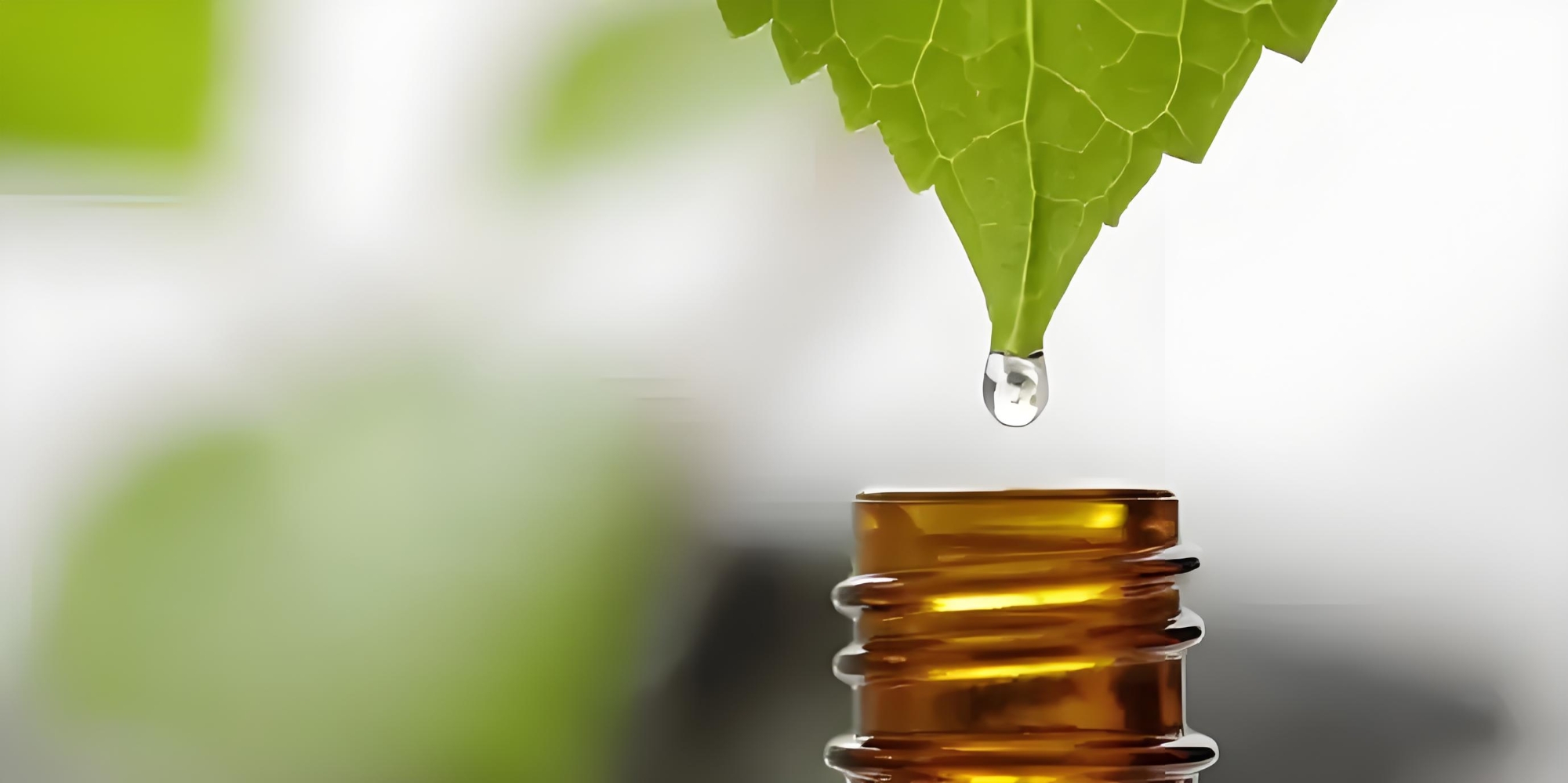
Alternatif alami yang dipromosikan untuk efek antimikroba mereka. Contoh:
·
Ekstrak akar Scutellaria, Artemisia argyi, Fermen Lactobacillus, etc.
·
·
Commercial blends: SEC-CP, NataPres, EURO-NApre
·
Tantangan:
·
Lebih lemah dari pengawet tradisional
·
Masalah stabilitas karena pH yang tidak konsisten di berbagai batch
·
Prone to Masalah Kompatibilitas and perubahan warna in formulations
·
Bahan-bahan ini menjadi semakin populer dalam produk cair tisu alami, tetapi batasannya harus dipahami dengan jelas.
Antiseptik Fungsional Lainnya
·
Sorbitan oktanoat
·
Asam p-Anisik
·
Chitosan – works by chelating key metal ions, thus inhibiting microbial growth.
·
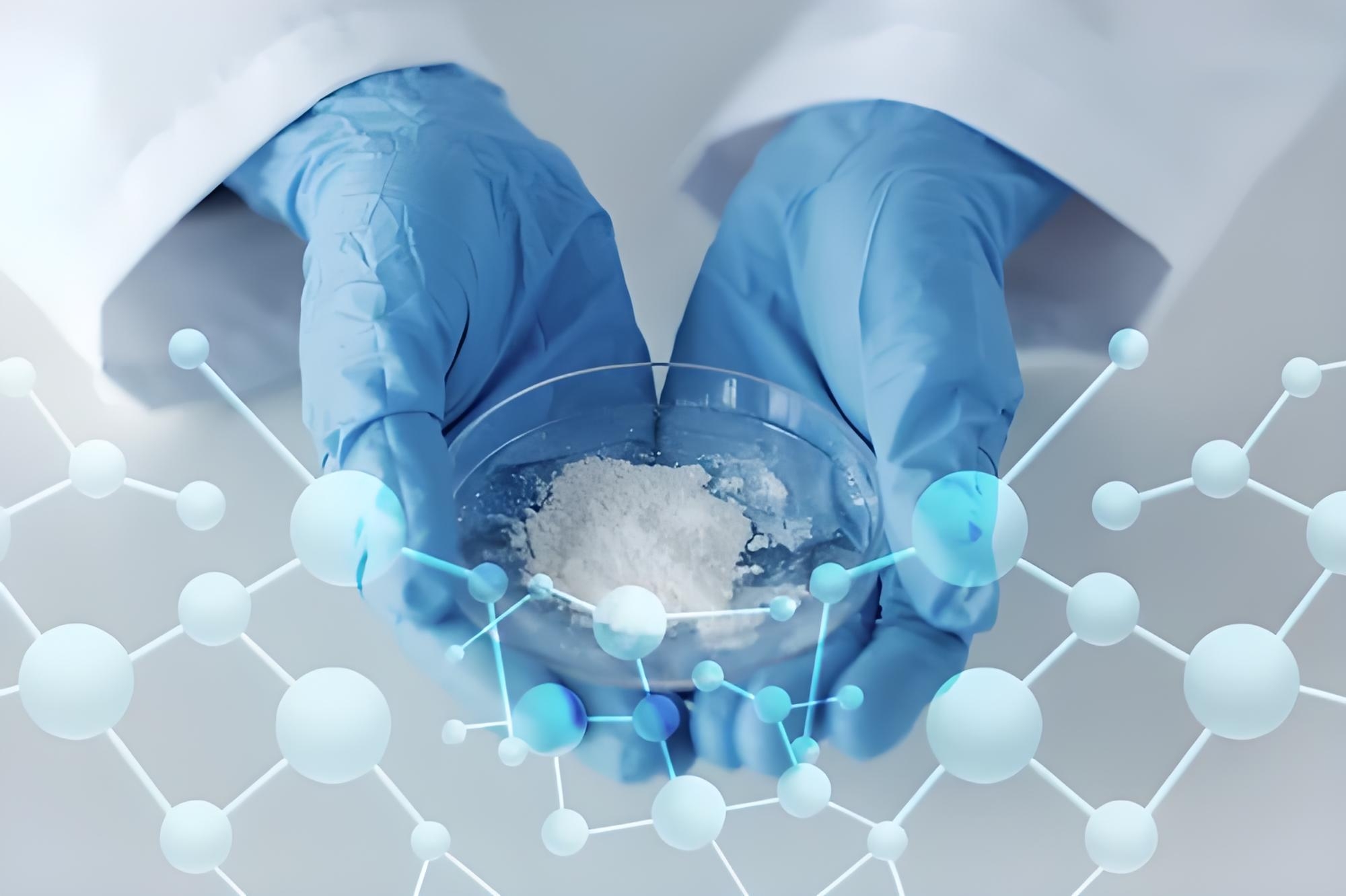
Key Takeaway untuk Konsumen dan Produsen
Preservatives are tidak didefinisikan hanya oleh label peraturan. Any substance that inhibits microbial growth, including many found in mengesap cairan, plays a peran pengawet—regardless of how it's labeled.
Using “no added preservatives” as a marketing hook—while still including polyols, chelating agents, or natural extracts that perform preservative functions—is menyesatkan. It blurs the line between transparency and deception.
For manufacturers, making such claims without full disclosure is not just unethical—it risks long-term trust. Regulatory frameworks may eventually catch up, but until then, formulasi yang bertanggung jawab dan label yang jujur are vital.
Pemikiran akhir: Whether it’s a classic preservative or a dual-function ingredient in a mengesap cairan, the goal remains the same: to ensure safety, prevent contamination, and maintain product stability. It’s time we shifted from buzzwords to clarity—for the benefit of both consumers and the industry.






 id
id
 English
English
 USA
USA
 西班牙语
西班牙语
 俄罗斯
俄罗斯
 葡萄牙
葡萄牙
 巴基斯坦
巴基斯坦
 尼日利亚
尼日利亚
 孟加拉
孟加拉
 墨西哥
墨西哥
 越南
越南
 日本
日本
 韩国
韩国

